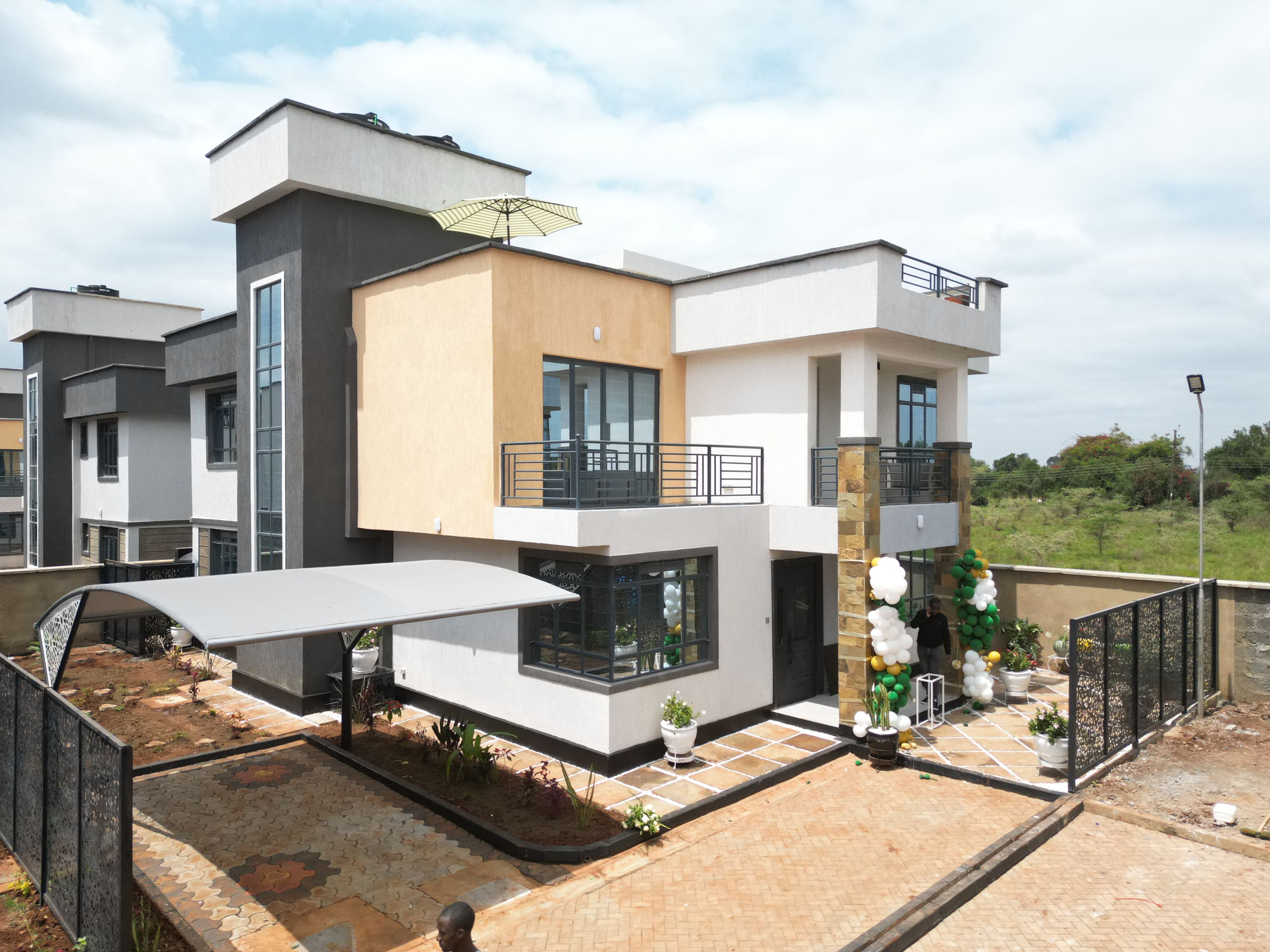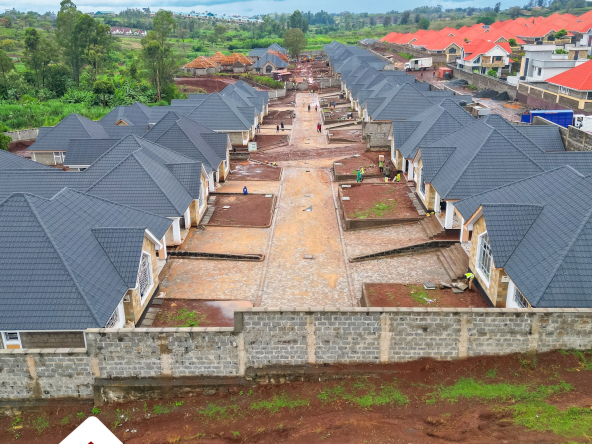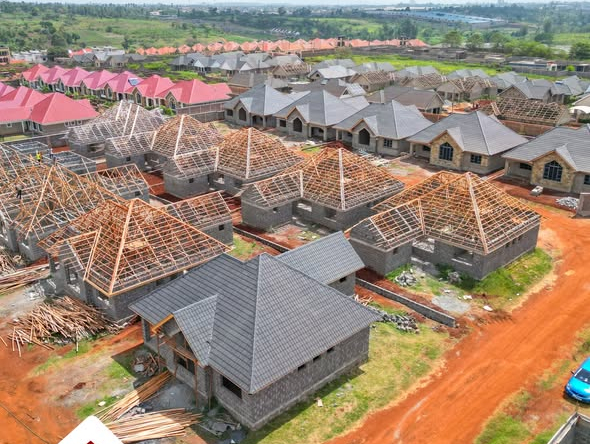Homeownership in Kenya is undergoing dramatic shifts, especially in major urban centres like Nairobi, Mombasa, and Kisumu. From the rise of SACCO-based financing to the growth of satellite towns and the influence of digital property platforms, the landscape is no longer what it was a decade ago. As more Kenyans migrate to cities and the cost of living increases, renting has overtaken owning in many areas, prompting new questions around access, affordability, and long-term investment.
Declining National Rate of Homeownership
Although the number of Kenyan households owning homes has increased from 5.9 million in 2013 to over 8.5 million by 2024, this growth hasn’t kept pace with the overall rise in households. The homeownership rate dropped from approximately 64% in 2013 to about 61% by mid-2024. More striking is that in urban areas like Nairobi, only about 7.7% of residents own their homes, with the rest renting or squatting. The shift is even more pronounced in Mombasa, where the ownership rate is just 24%.
Read Also: How the Business Process Outsourcing Boom in Kenya Is Reshaping Urban Real Estate
Urbanisation vs. Urban Ownership
Kenya’s urban population continues to grow rapidly, but this urbanisation hasn’t translated into proportional increases in homeownership. Between 2013 and 2024, urban households jumped from 3.7 million to 5.4 million, yet new annual home purchases in urban areas have remained limited, with less than 15,000 units acquired per year. The majority of new residents in cities are becoming tenants, not homeowners.
Cash Still King: Mortgages Remain Elusive
Despite various efforts by banks and government programs, most Kenyans still purchase homes with cash or savings. Over 90% of real estate transactions in 2024 were completed using personal funds. High mortgage interest rates—often exceeding 18%—and strict lending requirements continue to make traditional home loans inaccessible to the average Kenyan.
The Rise of SACCO Financing
Savings and Credit Cooperative Organizations (SACCOs) have emerged as the most accessible and affordable financing option for prospective homeowners. In 2023 and 2024, SACCOs accounted for over 34% of home purchases in Kenya. These institutions offer better interest rates than commercial banks, flexible repayment plans, and fewer requirements, enabling more middle- and lower-income Kenyans to own homes.
Digital Platforms and PropTech Transforming Real Estate
Technology is revolutionizing homeownership in Kenya. The digitization of land records and property registries has made transactions faster and more transparent. Virtual tours, online title searches, mobile apps for rent collection, and AI-powered platforms are changing how properties are listed, bought, and managed. PropTech is also helping reduce fraud and bureaucracy in the property acquisition process.
Satellite Towns Attract New Buyers
With property prices in city centres skyrocketing, buyers and developers are flocking to satellite towns like Ruiru, Kitengela, Athi River, Juja, Kangundo, and Ngong. Infrastructure developments such as commuter rail, bypasses, and the Nairobi Expressway have made these towns more accessible. The availability of land and lower prices make them appealing to first-time homeowners and real estate investors alike.
Affordable and Sustainable Housing Gaining Ground
Kenya’s Affordable Housing Programme (AHP) continues to grow, offering apartments and starter homes priced from KES 1.5 million upwards. These units target low- to middle-income earners and often feature eco-friendly amenities like solar panels, smart water meters, and green spaces. Public-private partnerships are making it easier for more Kenyans to access quality housing.
Changing Priorities Among High-Income Kenyans
Wealthy Kenyans are shifting their investment priorities from luxury residences to income-generating assets. In 2025, fewer high-net-worth individuals are building lavish homes for personal use. Instead, they are putting their money into rental properties, REITs (Real Estate Investment Trusts), and other ventures with regular returns. This trend reflects a more business-oriented approach to property ownership.
“How Homeownership in Kenya Is Evolving (2023–2025)”
| Trend / Factor | Details / Impact |
|---|---|
| National Homeownership Rate | Dropped from 64% in 2013 to ~61% in 2024 due to rapid urbanization |
| Urban Ownership in Nairobi | Only 7.7% of residents own their homes; 89% are renters or squatters |
| Main Financing Method | 91.4% of homes bought with cash/savings; mortgages under 1% |
| SACCO Penetration | Financed 34.1% of home acquisitions in 2023–2024 |
| Mortgage Uptake | Less than 6% of total home purchases; hindered by high interest rates (18%+) |
| Digital Disruption | PropTech tools like virtual tours, mobile payments, and digital registries rising |
| Satellite Town Growth | Areas like Kitengela, Ruiru, and Juja absorbing Nairobi’s overspill housing demand |
| Affordable Housing Initiatives | Government-backed units priced from KES 1.5M; smart and eco-friendly designs rising |
| Investor Priorities Shifting | Wealthy Kenyans moving from luxury homes to REITs and income-generating properties |
Read Also: From Status Symbols to Secure Sanctuaries — Why Owning a Home in Kenya Is the New Power Move
What the Future Holds for Homeownership in Kenya
The journey toward widespread homeownership in Kenya is being reshaped by a combination of financial, technological, and social dynamics. As SACCOs become the preferred financing route, satellite towns offer new hope for urban dwellers priced out of city centres. Meanwhile, digital innovation is streamlining transactions and expanding transparency in the real estate market. However, the challenge remains: while more houses are being built, actual ownership—especially in urban settings—is still out of reach for millions.
Whether you’re looking to buy your first home in Nairobi, invest in property in Kiambu, or explore green housing in Machakos, the shifting tides of homeownership in Kenya call for smart, future-ready decisions.




